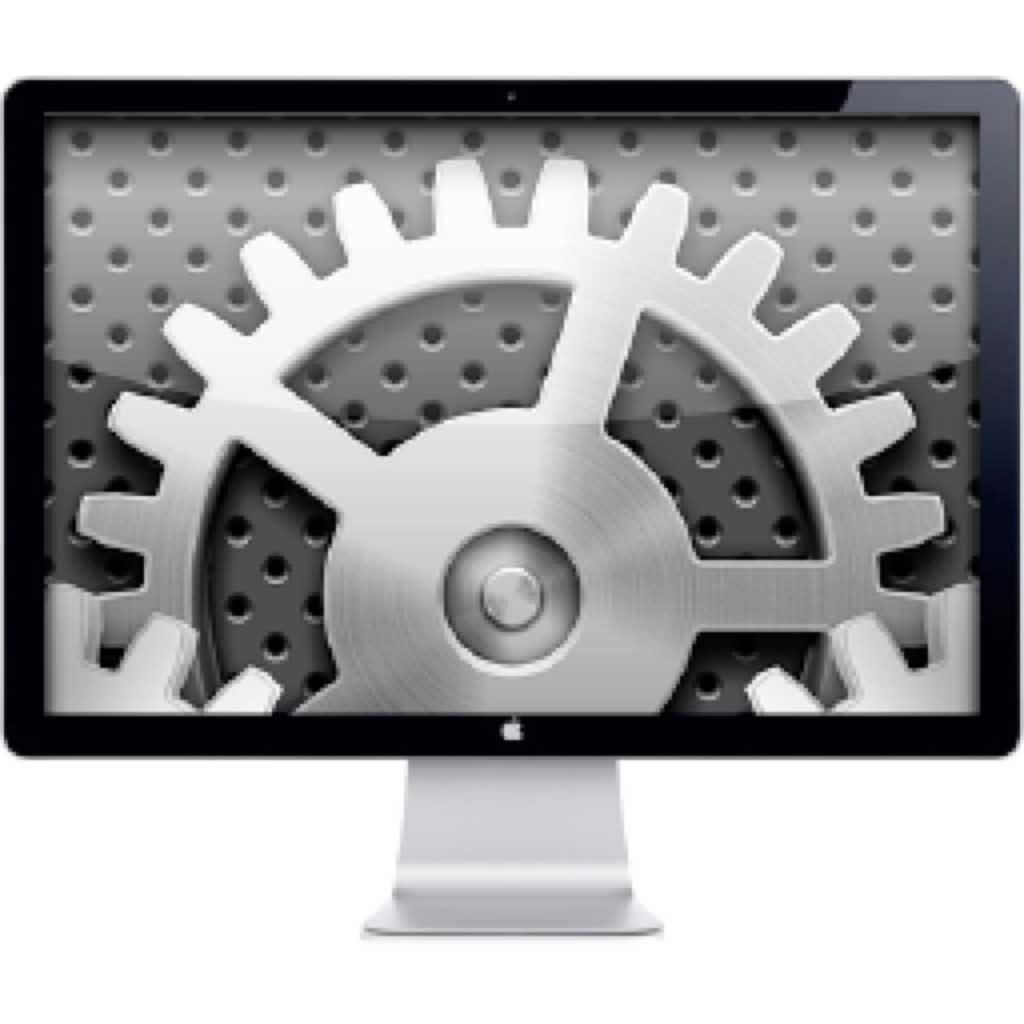

#SWITCHRESX 50HZ 1680X1050 WINDOWS#
Windows evidently could read the data just fine, which is why it worked perfectly every time.
#SWITCHRESX 50HZ 1680X1050 DRIVERS#
Ideally you want to stretch the picture to fit the screen and use a resolution with the same aspect ratio so it's stretched evenly in all directions, this makes sure the image is basically scaled to fit and comes out looking OK, it won't be perfect as scaling the image up or down does leave behind artifacts. Where Apple dont develop plug-and-play drivers for monitors (I assume) and hadnt added a profile for mine, it couldnt recognise it. The benefit of running a resolution which has the same aspect ratio as your monitor is that the picture will no be distorted, if you use a resolution which has a differing aspect ratio to that of your monitor then you will either gain black bars around the top/bottom or sides, (or both) OR you will get a stretch/compressed image (this depends on how your monitor is set up with your video card drivers to handle non-native resolutions) I think there are some lower ones, although I don't know them off the top of my head. (On a related note, I just bought a 21" CRT (2048x1536!!) about a week ago, precisely to keep myself out of your current situation.)Īspect ratio is just the ratio of the width:height of the resolution, because your monitor is a fixed size it has a fixed aspect ratio.ġ6:10 is the standard widescreen aspect ratio for PC's resolutions that are specifically designed with this aspect ratio include: I'd say just stick with 16:10, and apart from that, the higher the better. And it has to do it whether the resolution is 1280x800 or 1280x10 or 1280x1000 - regardless of the aspect ratio is, the picture's going to be fuzzy. When you're running at a non-native resolution, and your monitor has to distribute 1280 pixels across 1680 squares, it'll always have to go through this (and will always mess up the picture as a result). This is the approach your monitor takes: for the square between the blue one and the red one, assign a colour between blue and red (that is, purple) in the hopes of getting an overall effect resembling the original. makes the red object, whatever it is, wider than it should be. And you can't duplicate any colours either - e.g. Now you can't copy the colours straight across, because you'll have a square left empty.

Suppose you have to colour in five adjacent squares, so that it looks like the four coloured squares underneath (blank squares represent your display, coloured ones are the video signal):


 0 kommentar(er)
0 kommentar(er)
